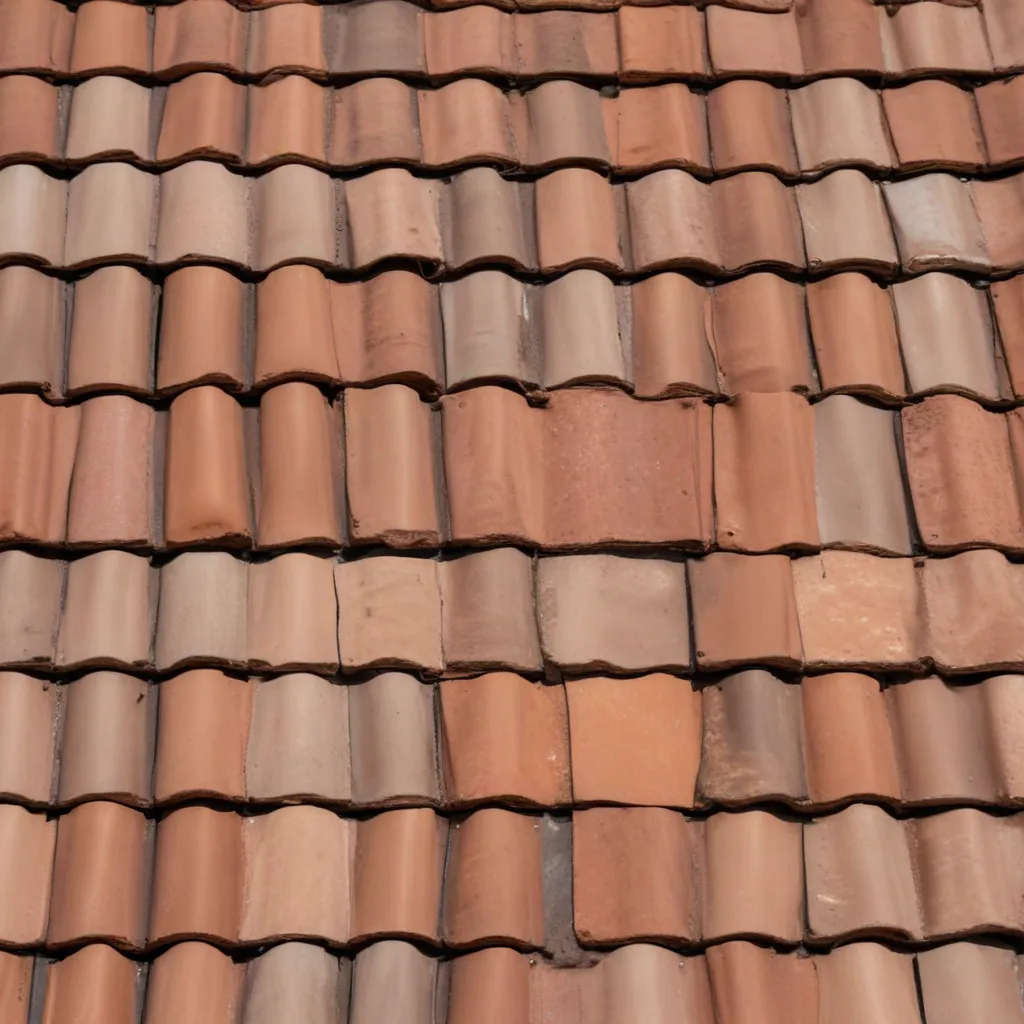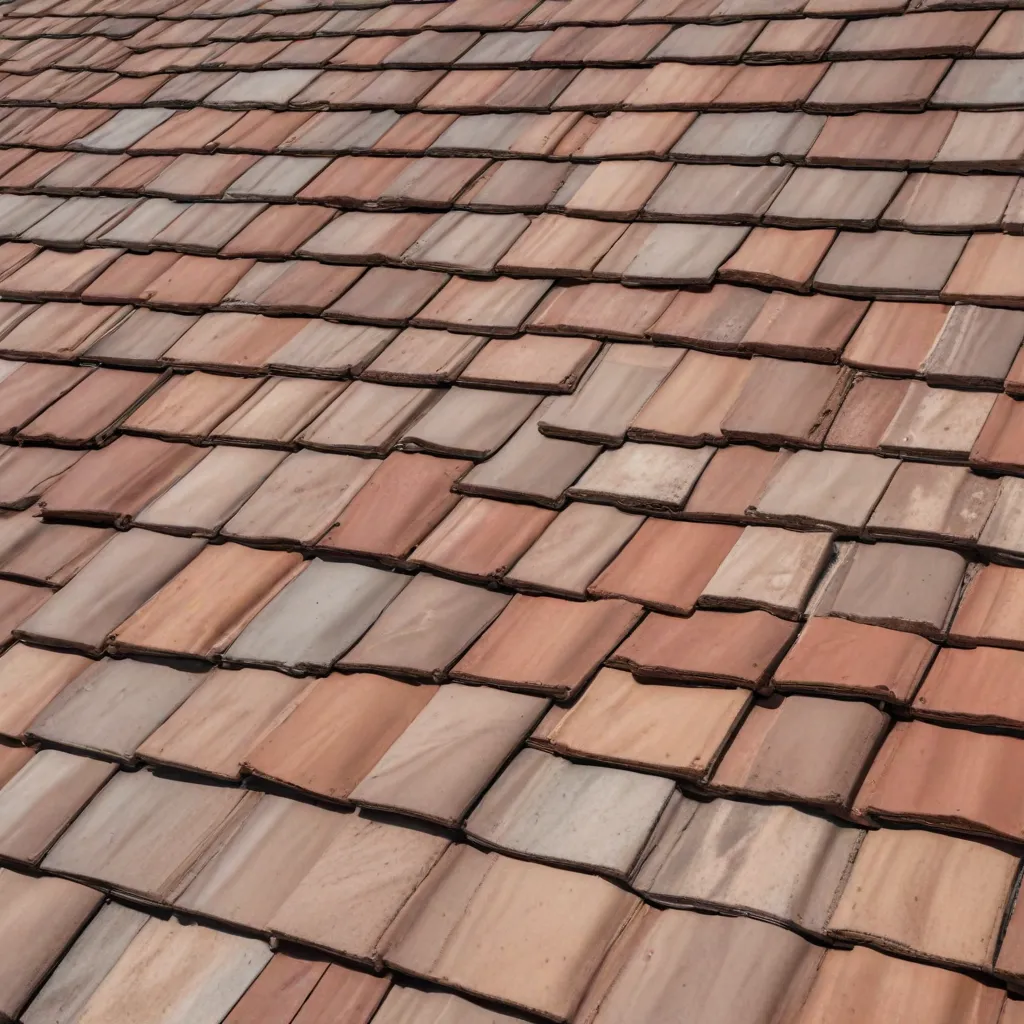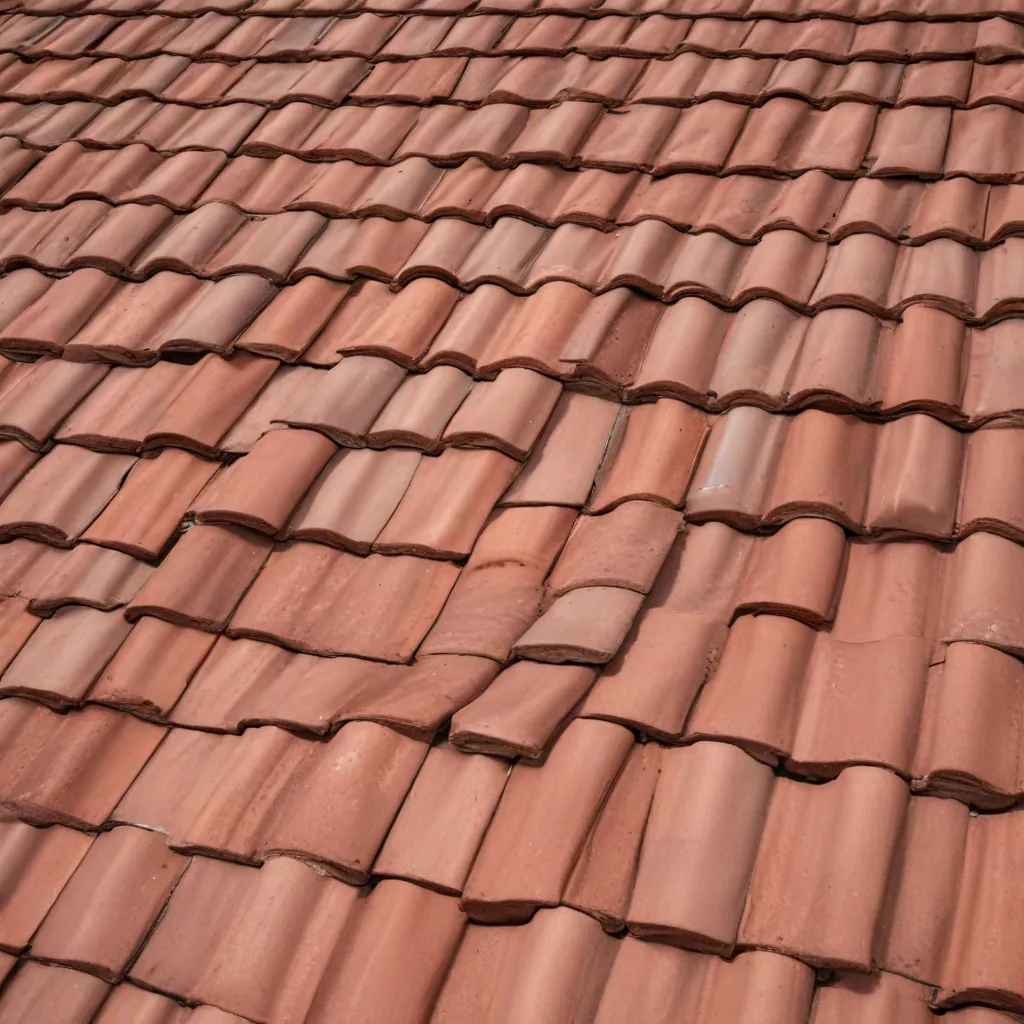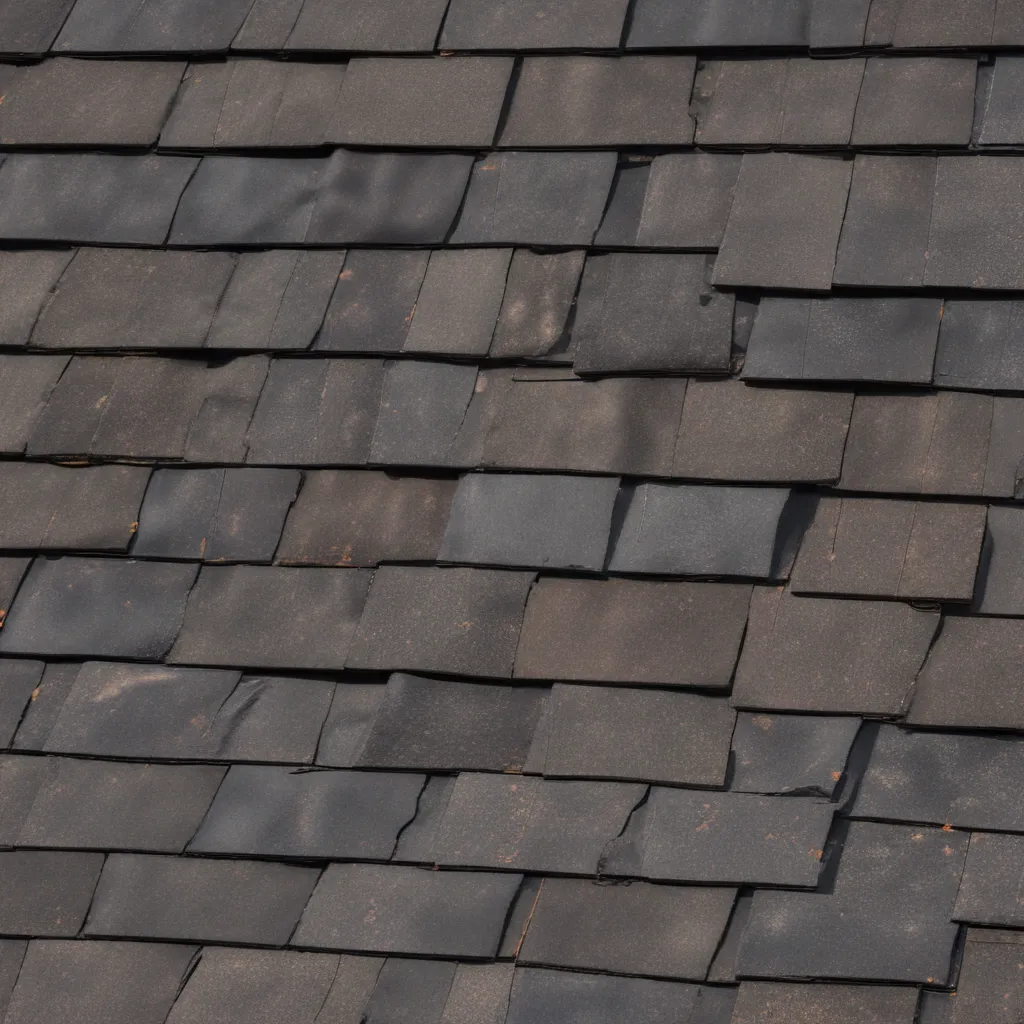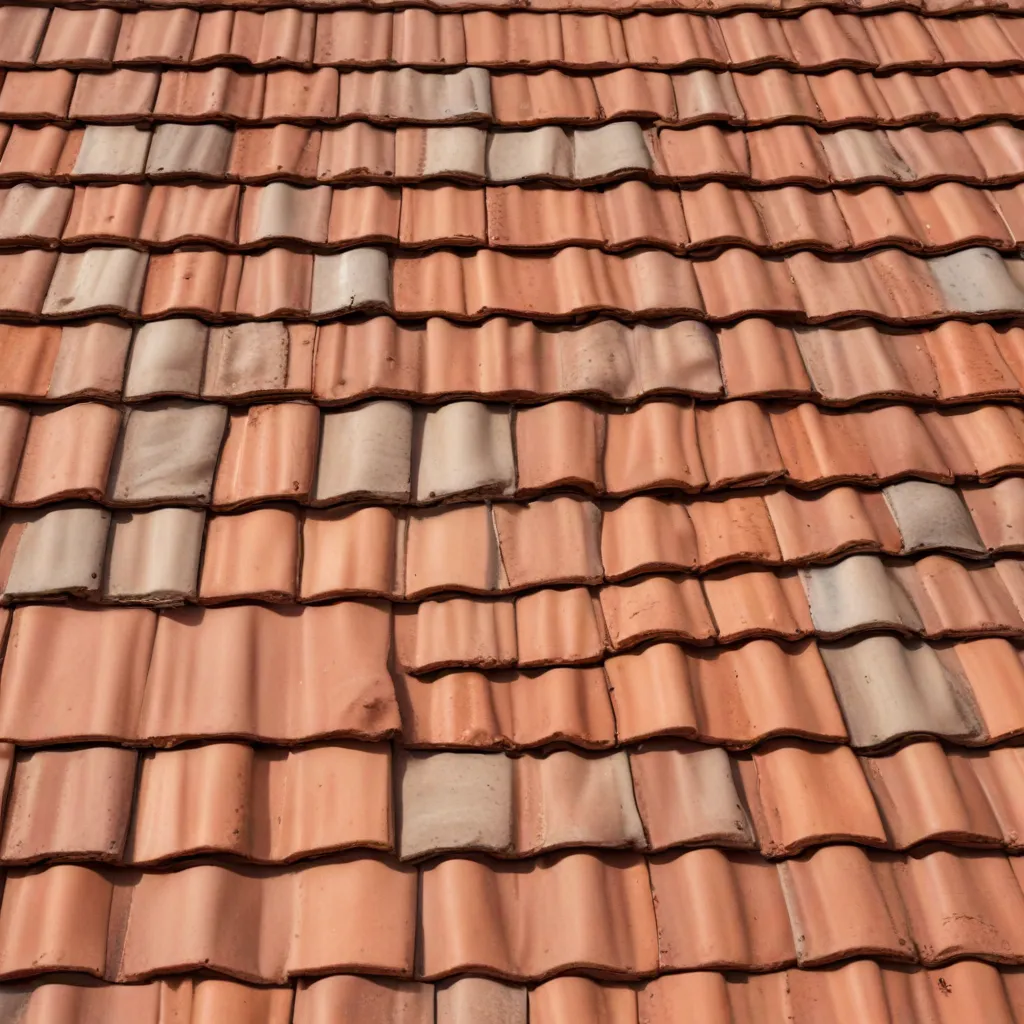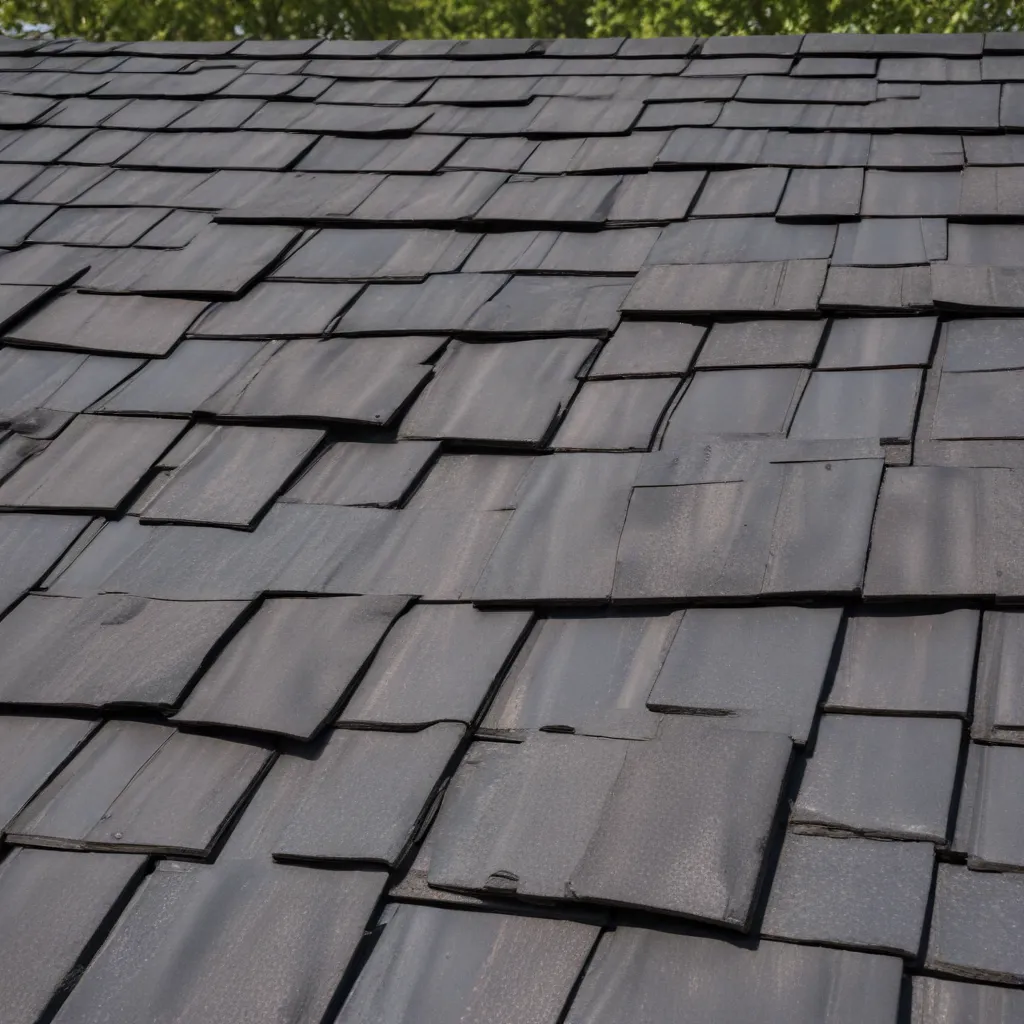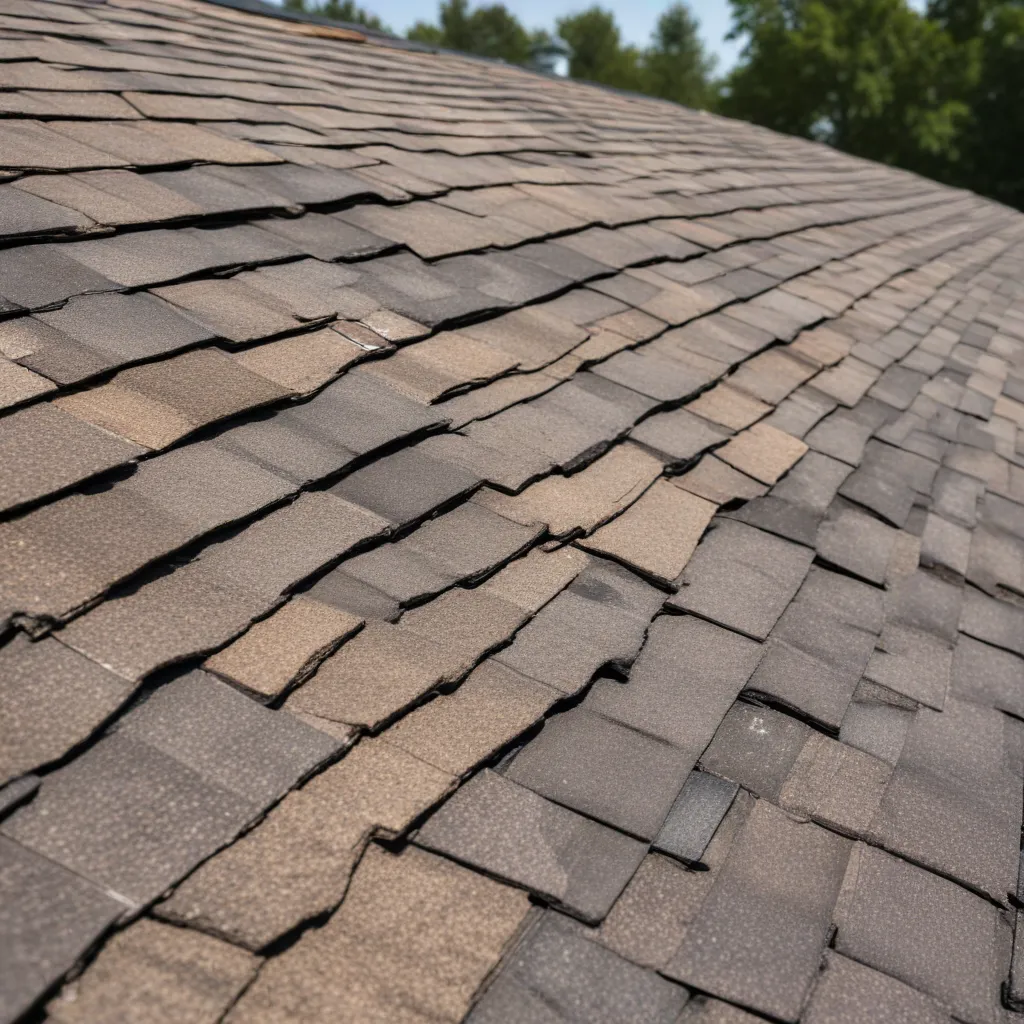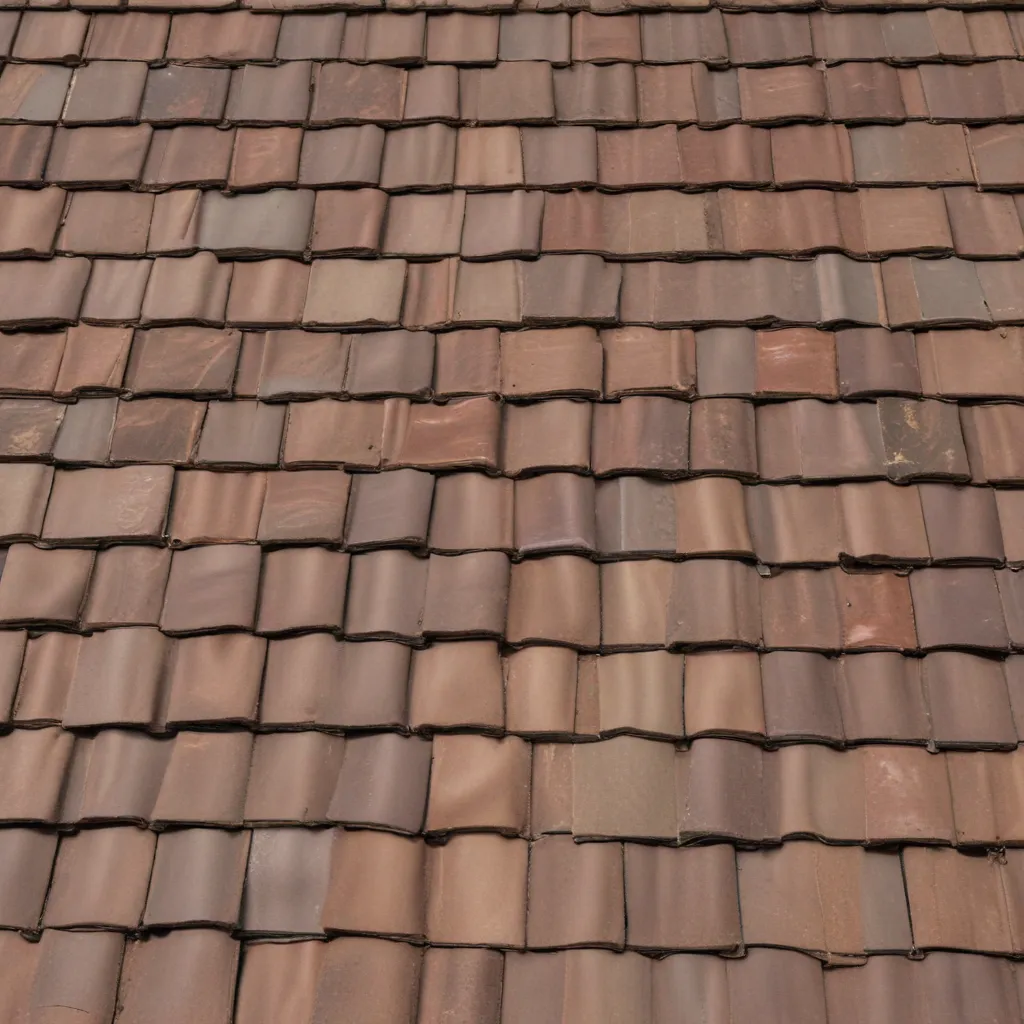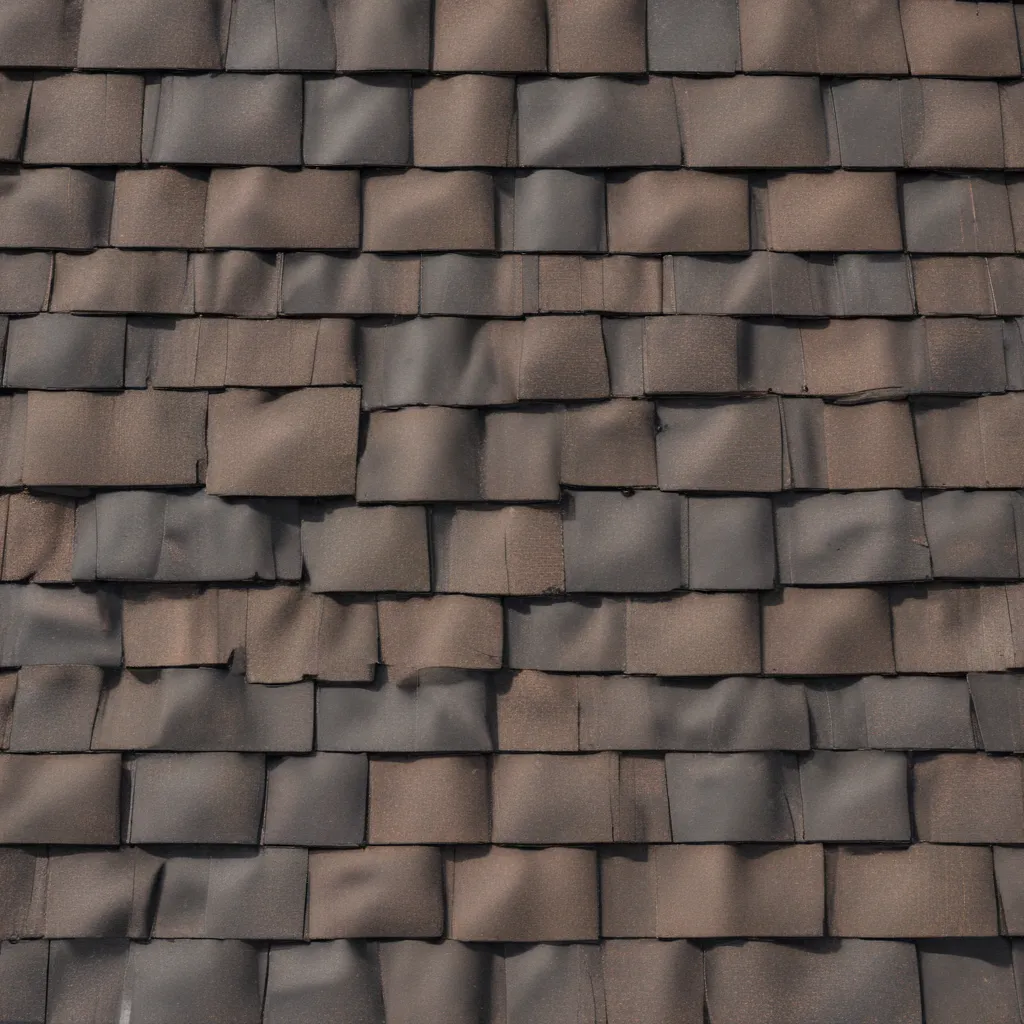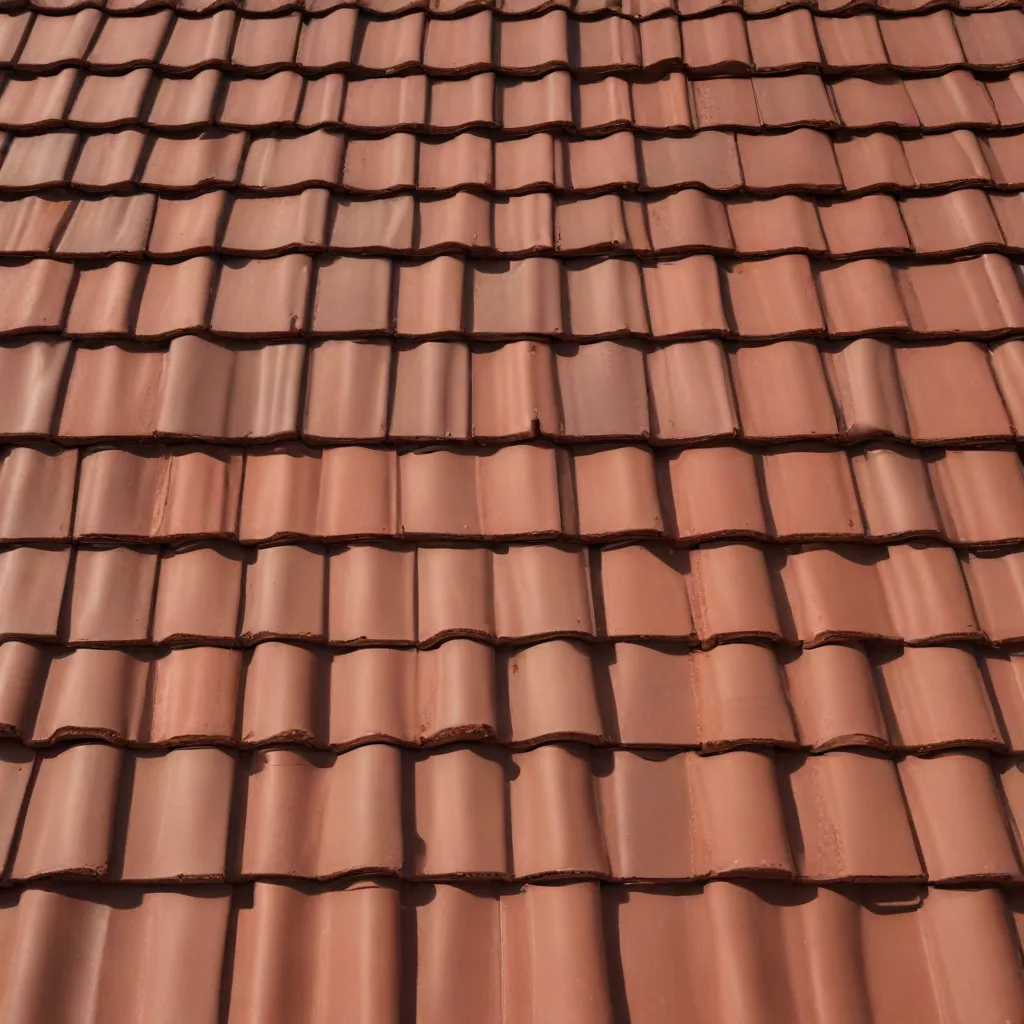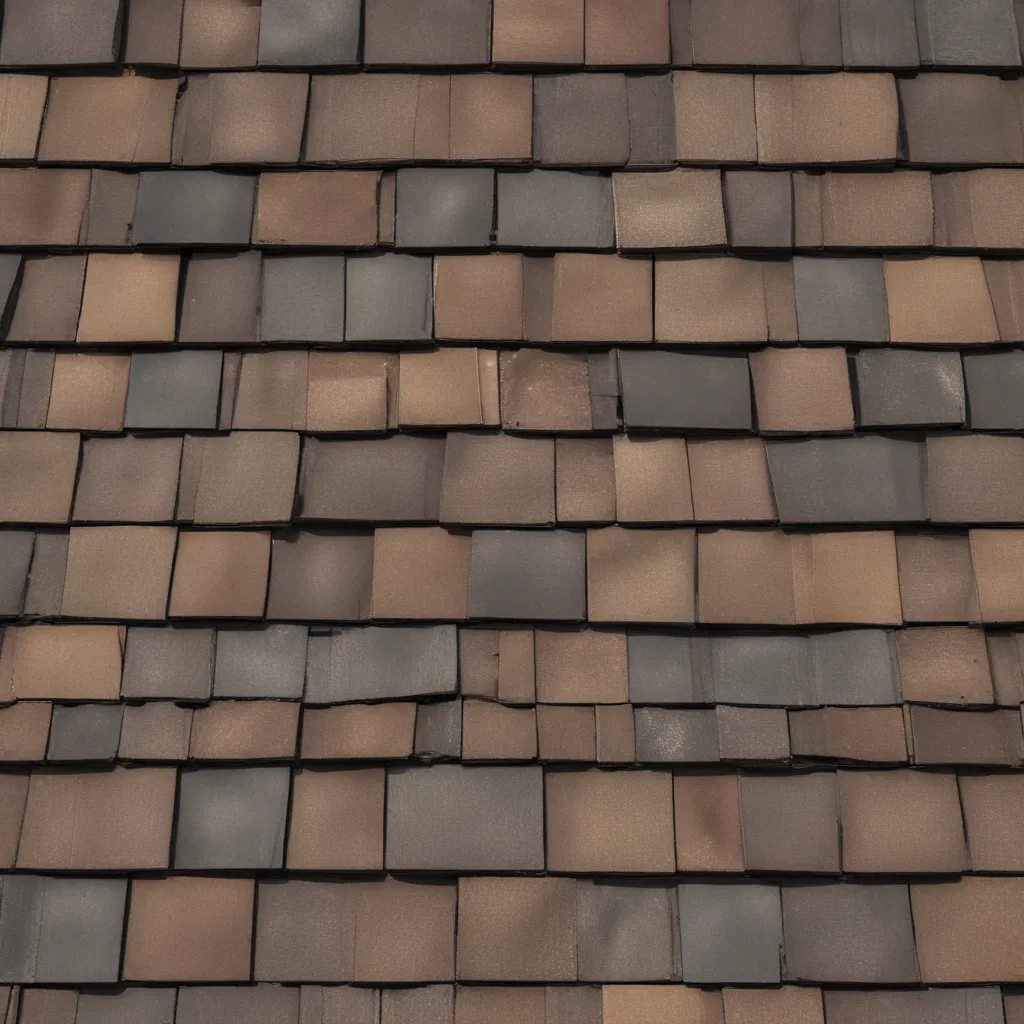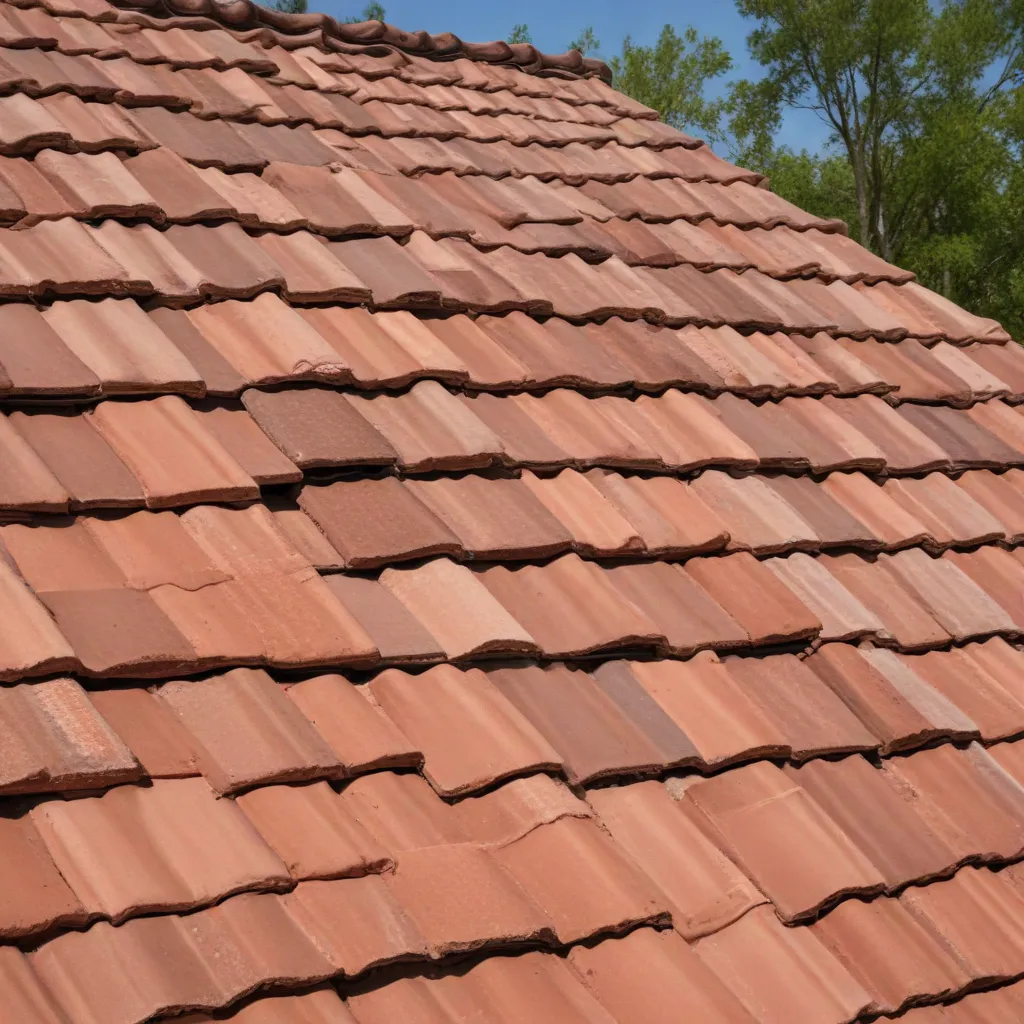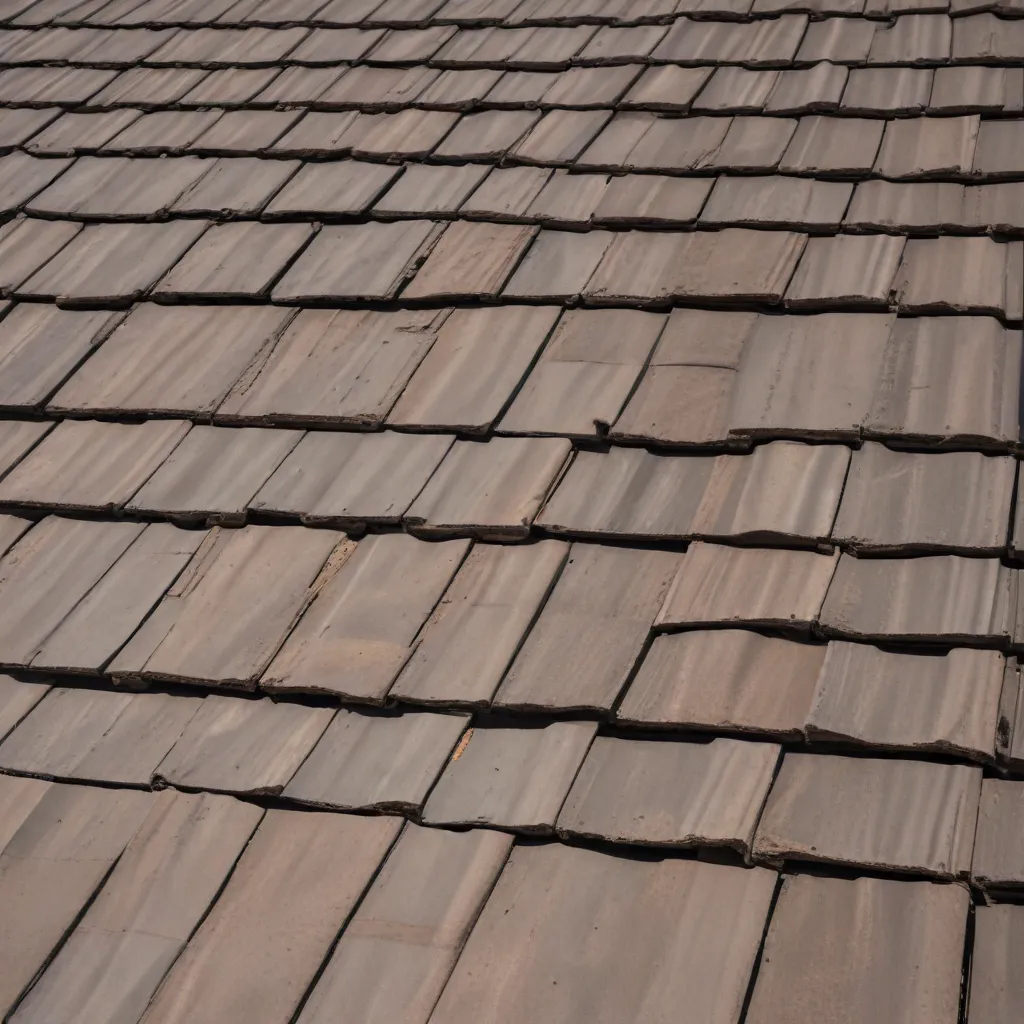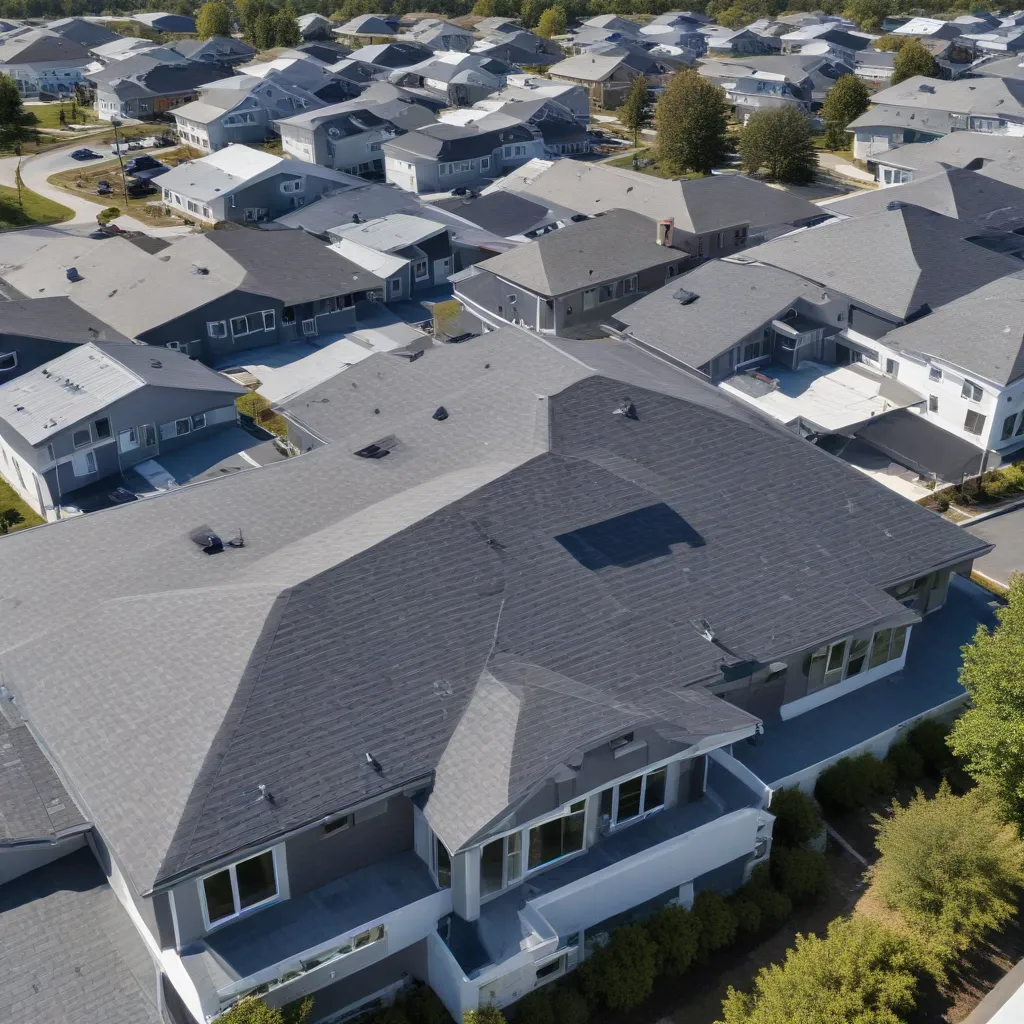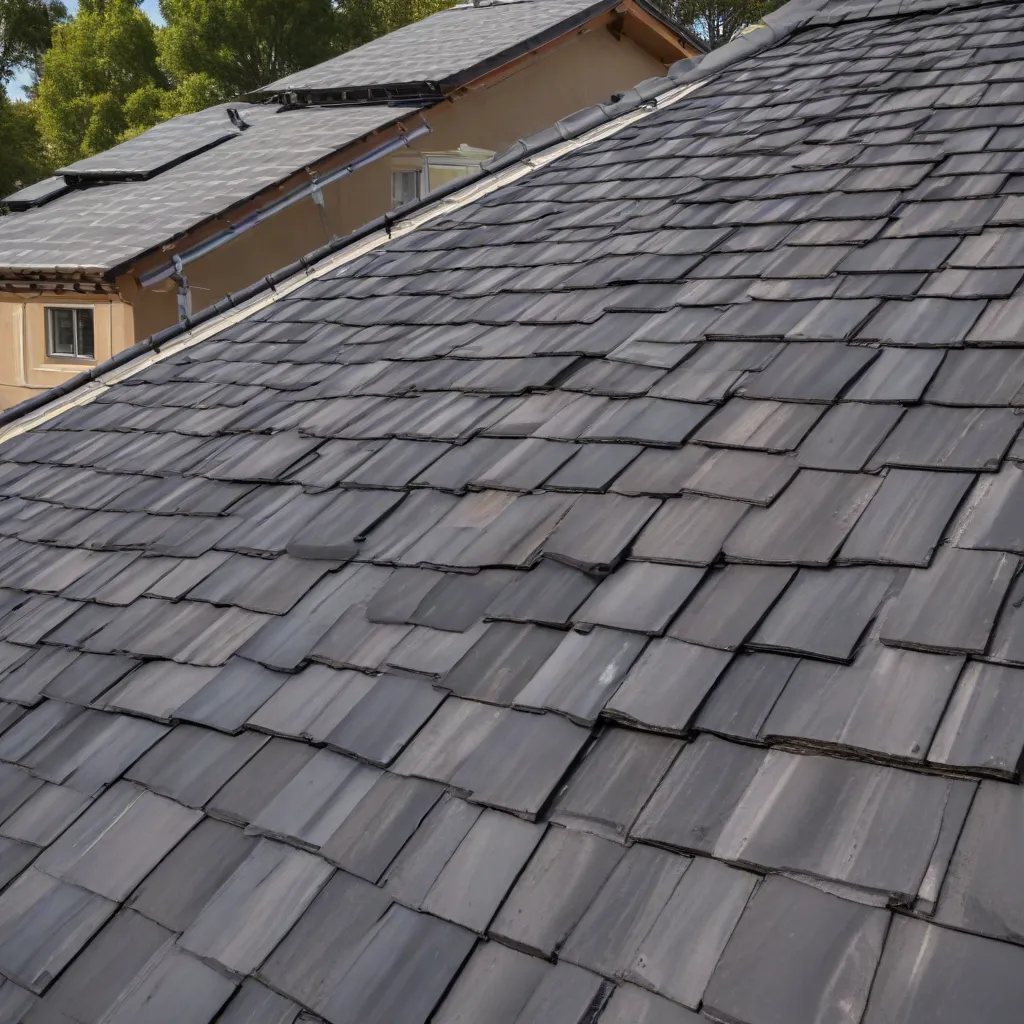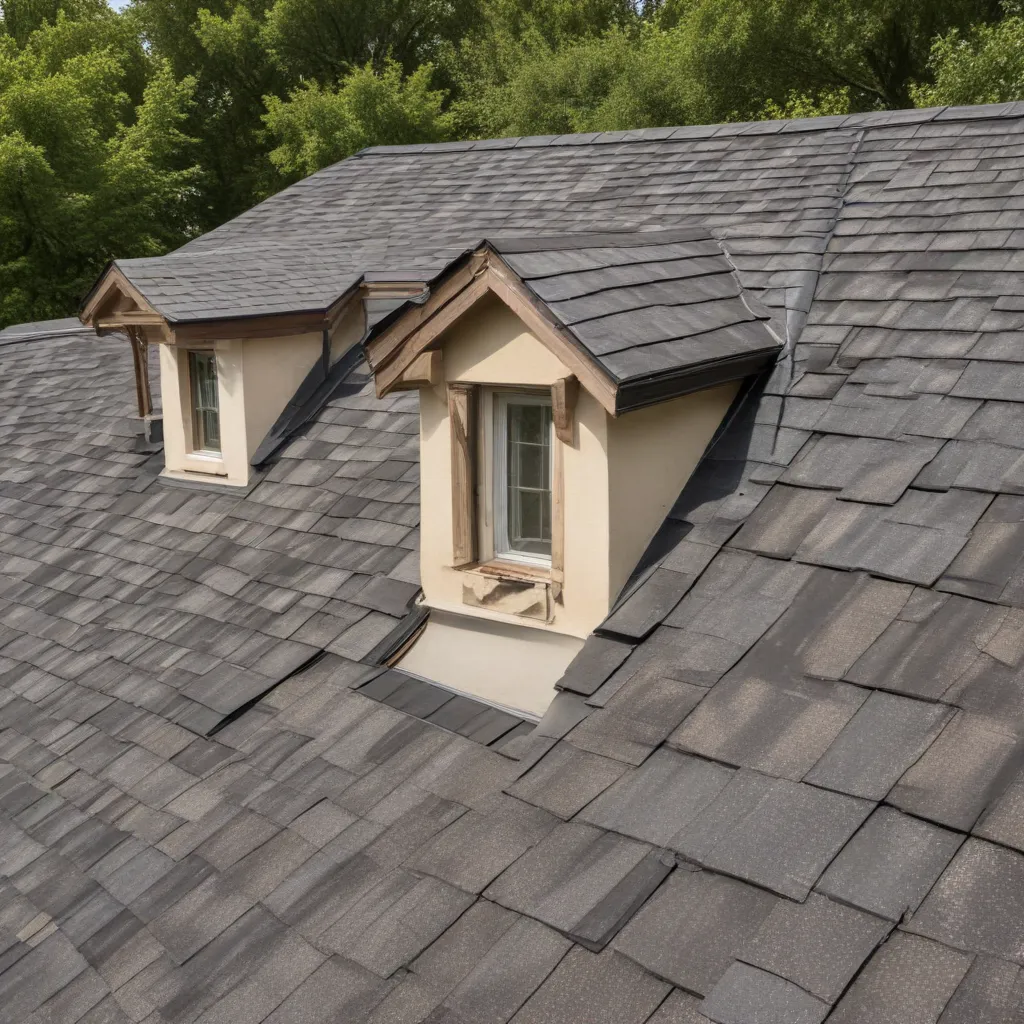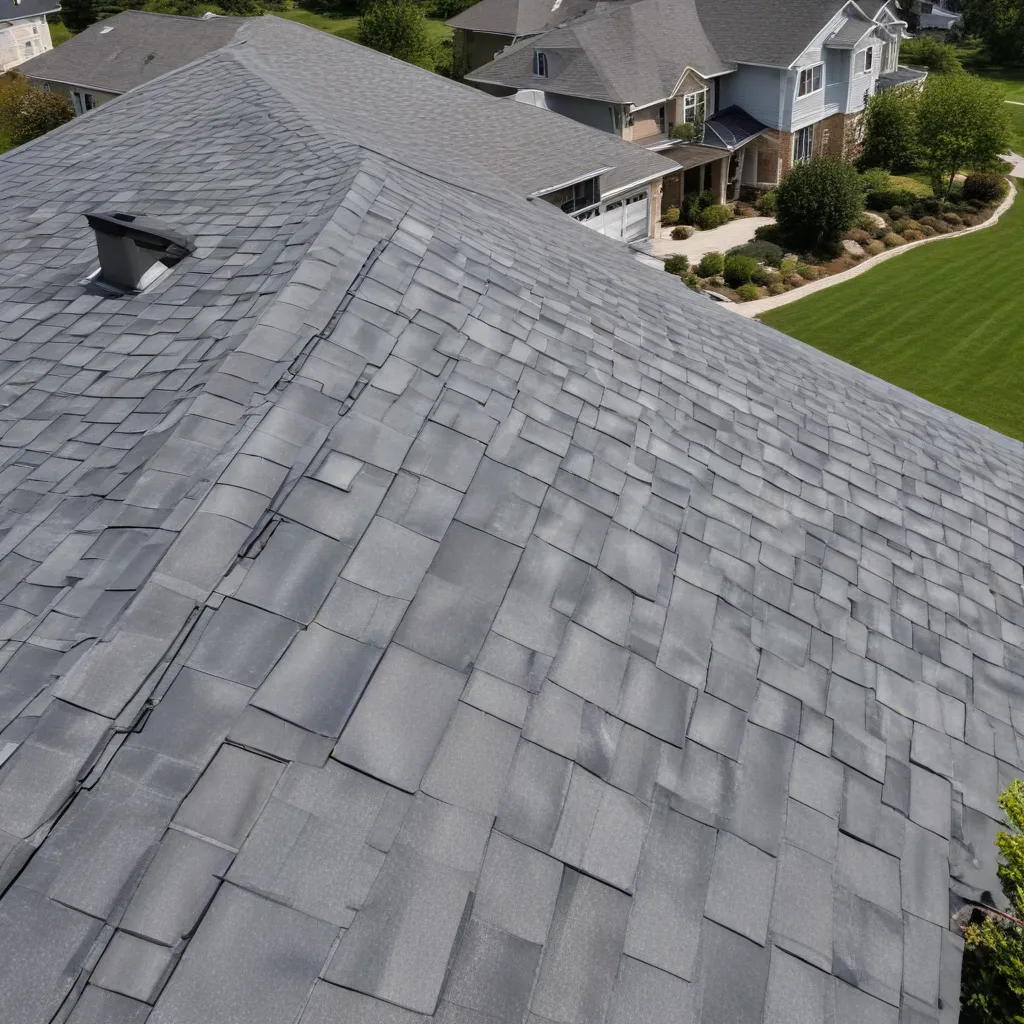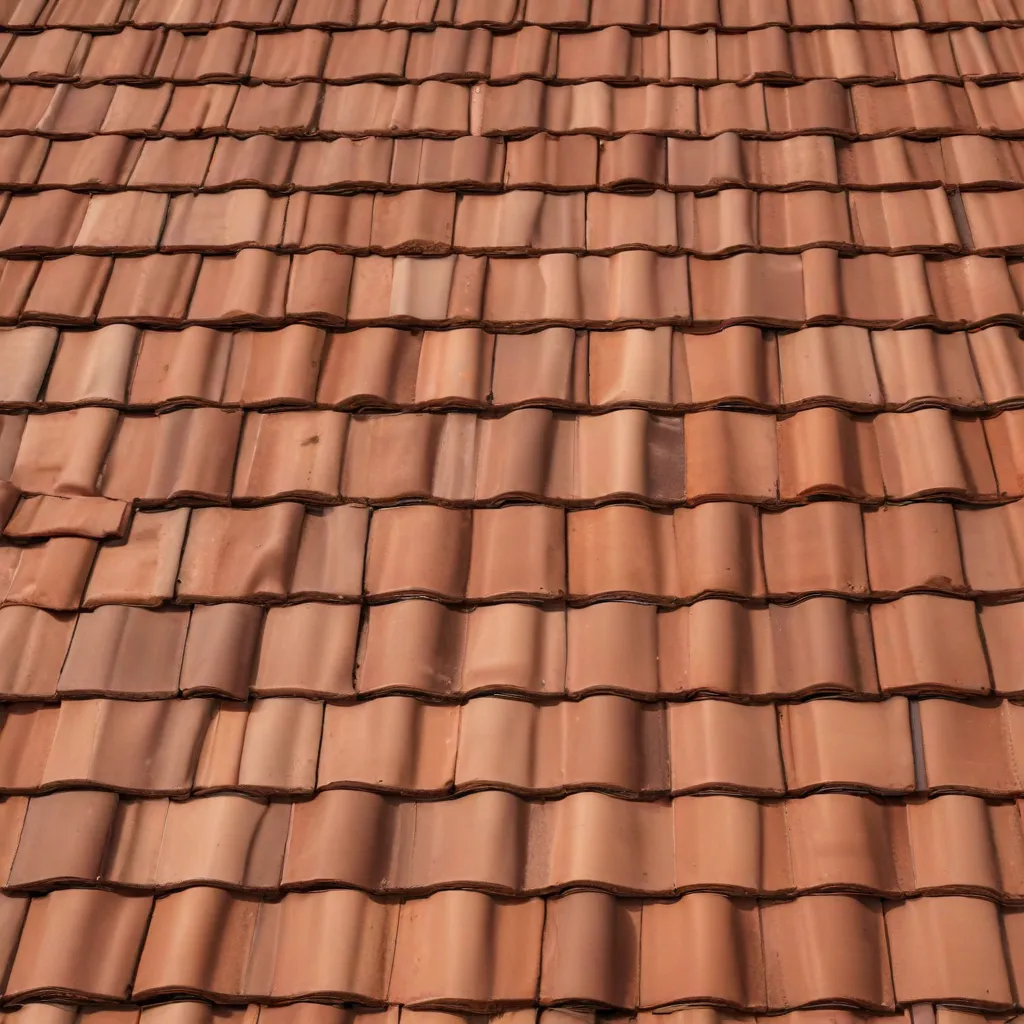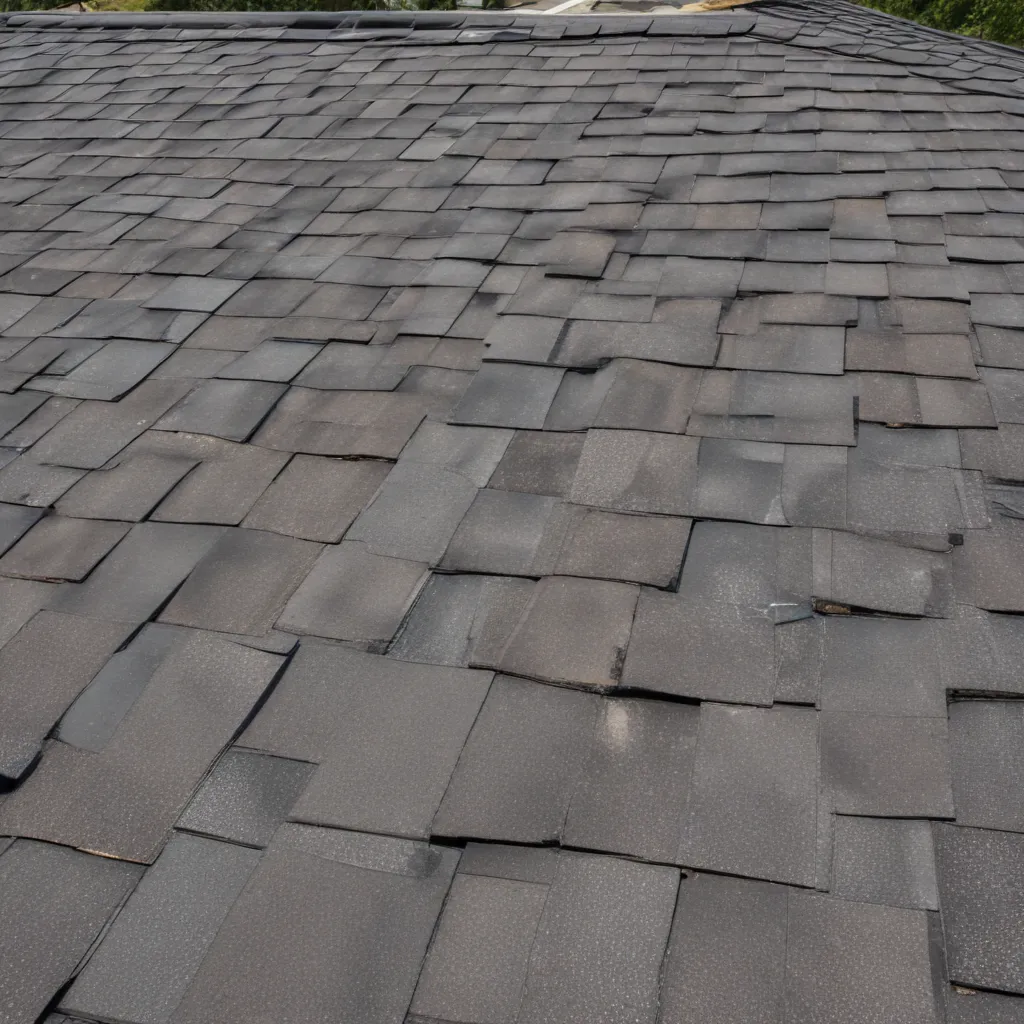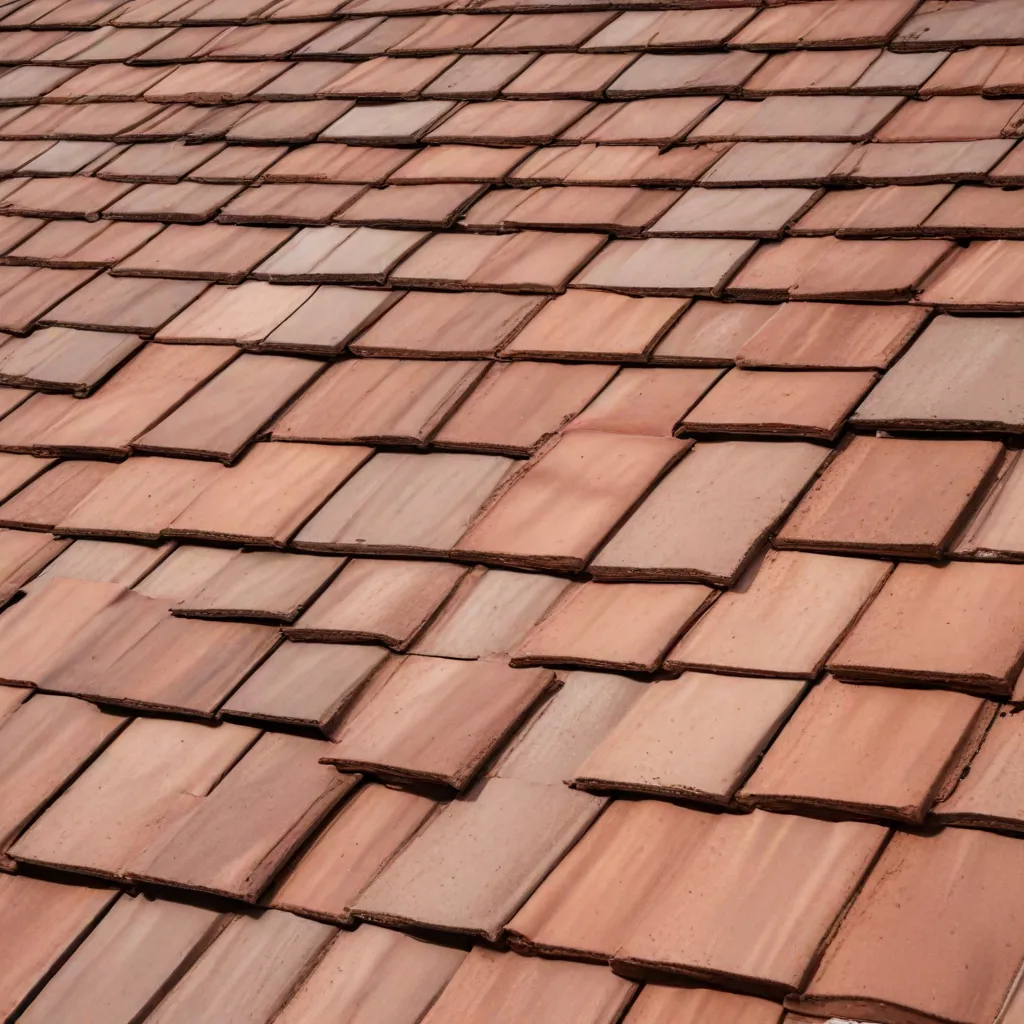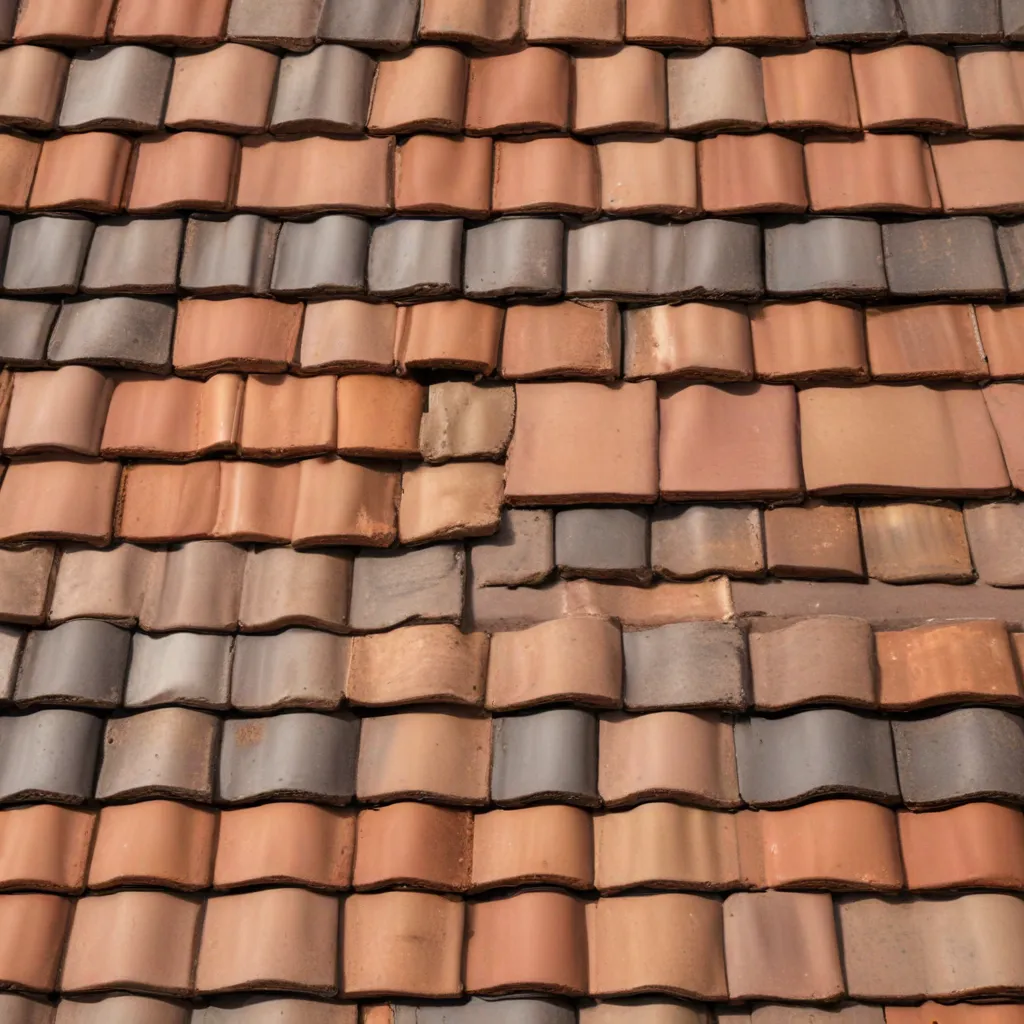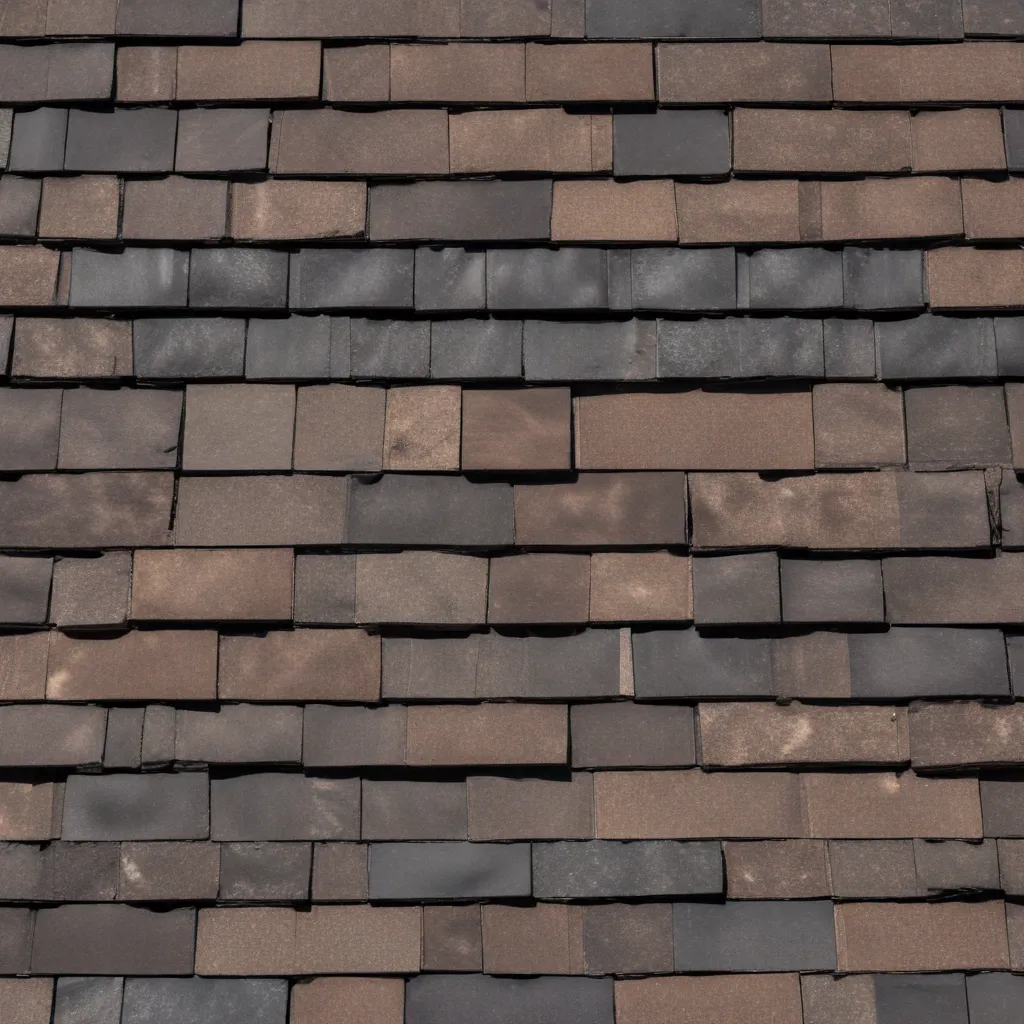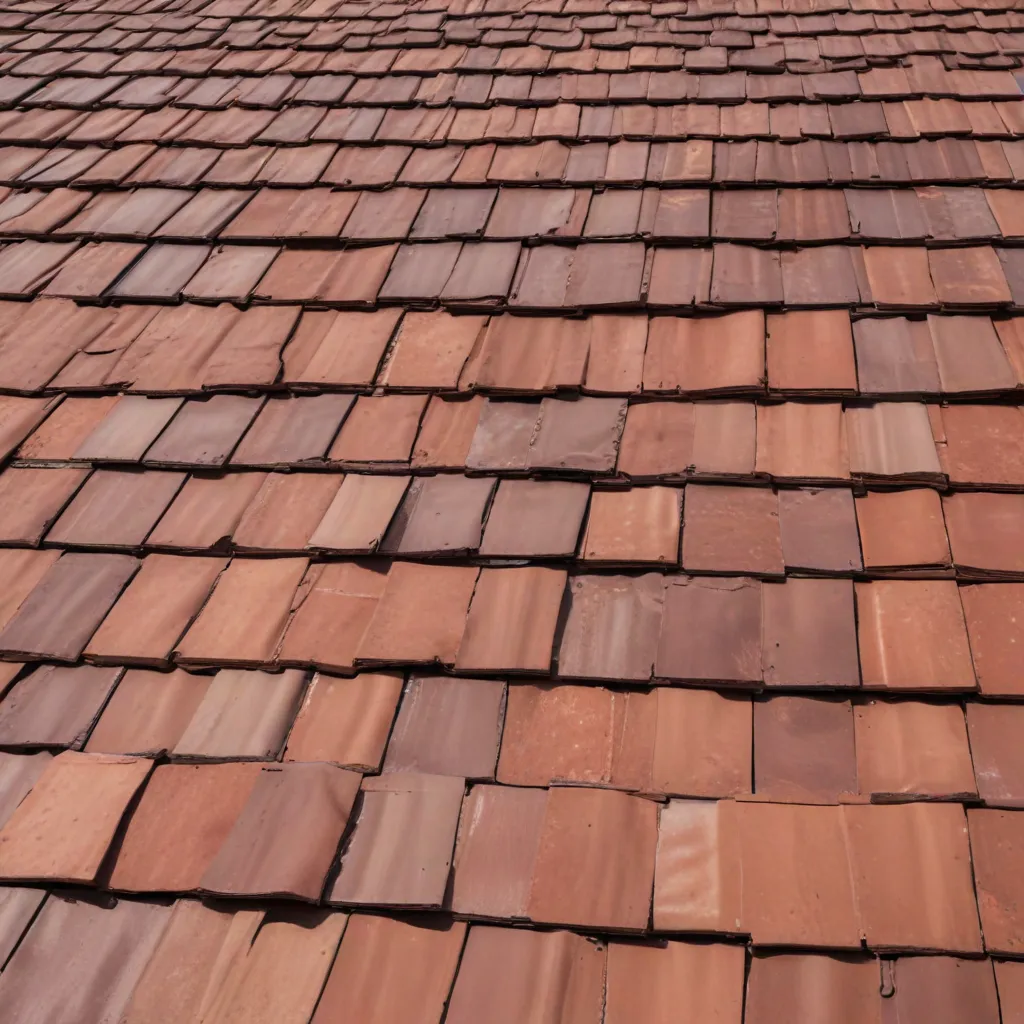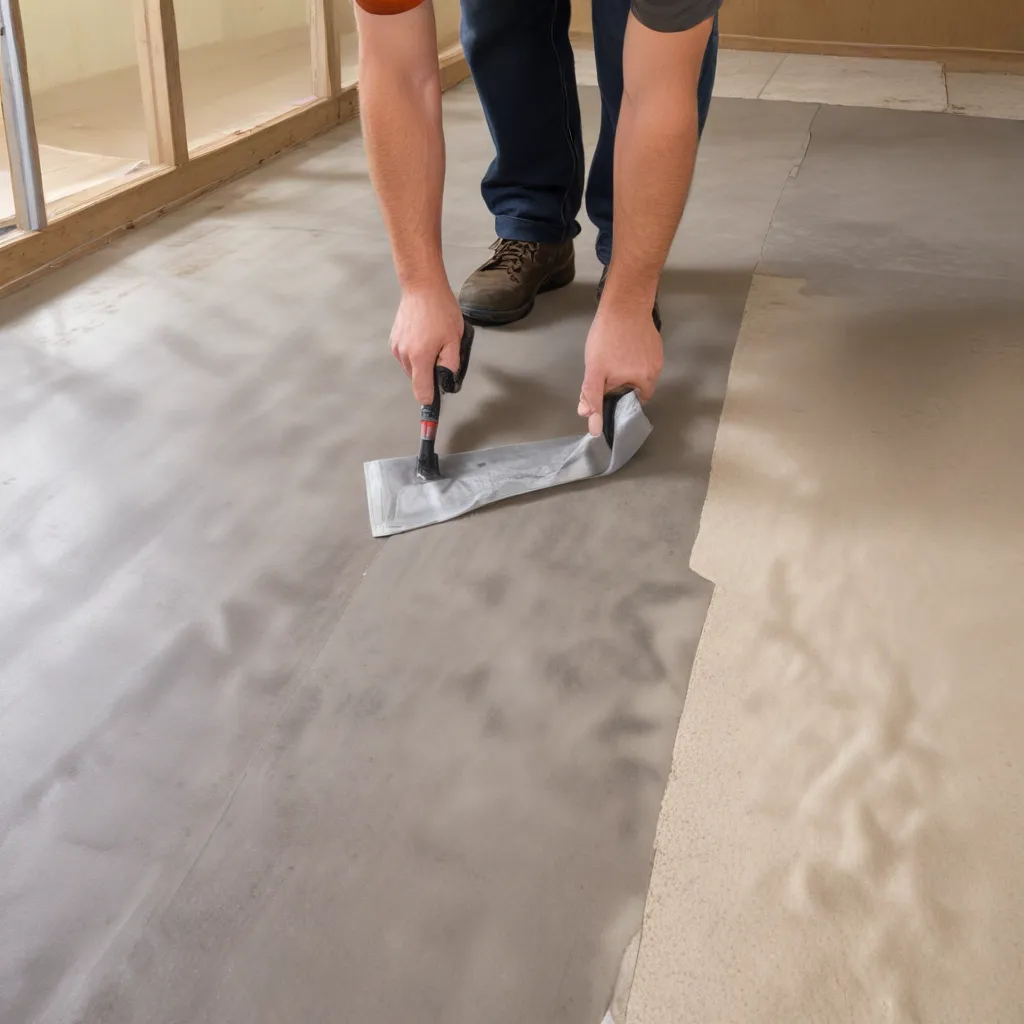
Underlayment Selection: Ensuring Optimal Waterproofing, Vapor Control, and Breathability
Roofs are the first line of defense against the elements, shielding our homes and buildings from the destructive forces of wind, rain, and snow. But the true backbone of a durable, long-lasting roof lies in the underlayment – the critical layer installed beneath the visible roofing materials. Selecting the right underlayment is essential for ensuring optimal waterproofing, vapor control, and breathability, all of which contribute to the overall performance and longevity of your roof system.
Waterproofing Requirements
Waterproofing is perhaps the most crucial function of a roof underlayment. The underlayment must act as a reliable moisture barrier, preventing water intrusion from compromising the structural integrity of the roof assembly. This is particularly important in regions prone to heavy rainfall, ice dams, or high hydrostatic pressure from water buildup.
Synthetic polyolefin-based underlayments and rubberized asphalt products like GRACE ICE & WATER SHIELD excel at waterproofing, adhering tightly to the roof deck and forming a watertight seal around fasteners. Their specialized coatings and membranes create an impenetrable barrier, protecting the underlying structure from even the most severe weather conditions.
Vapor Control Strategies
Alongside waterproofing, the underlayment must also effectively manage vapor diffusion – the movement of moisture through the roof assembly. Vapor permeability, or the material’s ability to allow water vapor to pass through, is a critical consideration. Poorly selected underlayments can lead to condensation buildup, potentially causing mold, rot, and other moisture-related issues.
Felt-based and cellulose-based natural fiber underlayments often feature higher vapor permeability, allowing trapped moisture to escape the roof system. Synthetic underlayments can also be engineered with specialized coatings to balance waterproofing and vapor control, preventing the dreaded “trap and hold” effect that can compromise roof durability.
Breathability Principles
In addition to waterproofing and vapor management, the roof underlayment plays a vital role in maintaining the overall breathability of the roof assembly. This includes both air permeability, which allows for the passive ventilation of the roof cavity, and thermal regulation, ensuring the roof system can effectively dissipate heat.
Woven polypropylene and polyolefin-based synthetic underlayments often provide superior air permeability, promoting natural airflow and reducing the risk of moisture-related issues. Cellulose-based natural fiber underlayments can also contribute to improved thermal performance, helping to keep the building interior comfortable year-round.
Underlayment Types and Applications
When it comes to selecting the ideal underlayment for your roofing project, there are several material options to consider, each with its own unique advantages.
Synthetic Underlayments
Polyolefin-based synthetic underlayments, such as those made from polypropylene or polyethylene, have become increasingly popular in recent years. These durable, tear-resistant materials offer exceptional waterproofing, as well as improved thermal and acoustic insulation properties compared to traditional felt underlayments.
Woven polypropylene underlayments, on the other hand, provide enhanced breathability and air permeability, making them a preferred choice for roof systems that require improved ventilation and moisture management.
Natural Fiber Underlayments
Felt-based underlayments, made from asphalt-impregnated fibers, have long been a staple in the roofing industry. While they may not offer the same level of waterproofing as their synthetic counterparts, they excel at providing vapor permeability, allowing trapped moisture to escape the roof assembly.
Cellulose-based natural fiber underlayments, derived from wood pulp or recycled paper, can also be an eco-friendly option. These materials often boast improved thermal insulation capabilities, contributing to the overall energy efficiency of the building.
Hybrid Underlayment Solutions
In recent years, the roofing industry has seen the emergence of hybrid underlayment solutions that combine the best features of both synthetic and natural fiber materials. These innovative products leverage dual-layer or composite constructions to provide enhanced waterproofing, vapor control, and thermal regulation in a single underlayment system.
Underlayment Installation Best Practices
Proper installation of the roof underlayment is just as crucial as selecting the right material. Meticulous attention to detail during the installation process can make all the difference in ensuring the long-term performance and integrity of the entire roof system.
Substrate Preparation
Before laying the underlayment, it’s essential to ensure the roof deck is clean, dry, and level. Any debris or irregularities in the surface can compromise the underlayment’s adhesion and create potential weak spots for water intrusion.
Sealing and Overlap
Carefully sealing the edges and overlapping the underlayment layers is critical for establishing a continuous water-resistant barrier. Utilizing the self-adhesive properties of many synthetic underlayments or applying a compatible sealant at the seams can help prevent leaks and maintain the overall waterproofing integrity.
Compatibility and Integration
Choosing an underlayment that is compatible with the selected roofing materials is paramount. Ensuring a seamless integration between the underlayment and the primary roofing system, such as flashings and soffits, helps to minimize the risk of water infiltration and maximize the overall performance of the roof assembly.
Performance Evaluation and Testing
To ensure the roof underlayment meets the desired performance criteria, it’s crucial to rely on industry-recognized standards and certifications. Consulting ASTM testing protocols and manufacturer specifications can provide valuable insights into the underlayment’s waterproofing capabilities, vapor permeability, and thermal properties.
In-Service Monitoring
Beyond the initial installation, regularly monitoring the roof system’s performance can help identify any potential issues before they escalate. Techniques such as moisture measurement and thermal performance tracking can provide valuable data to inform future maintenance and replacement decisions, ultimately extending the lifespan of the roof assembly.
By carefully considering the waterproofing, vapor control, and breathability requirements of your roofing project, and selecting the appropriate underlayment material and installation methods, you can ensure your roof provides reliable protection and optimal performance for years to come. Remember, the right underlayment is the foundation for a roof that not only looks great but also stands up to the elements, delivering lasting value and peace of mind.

